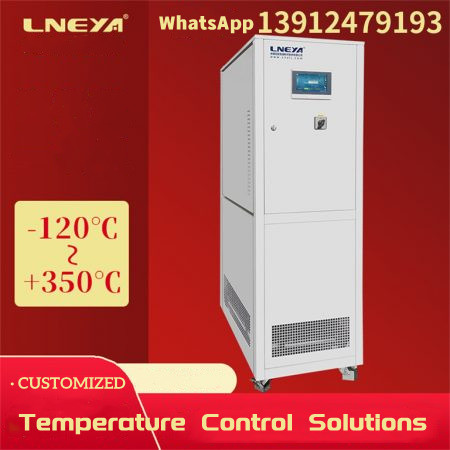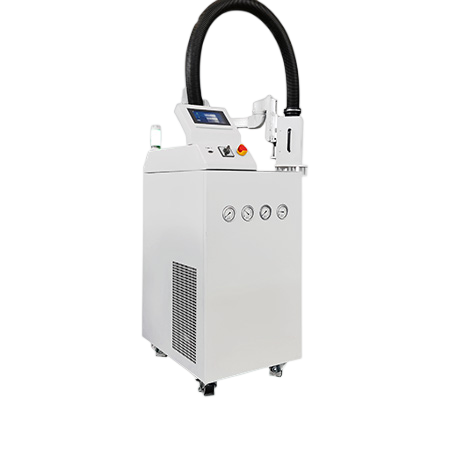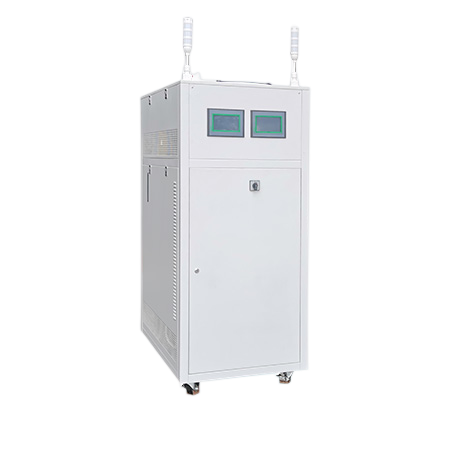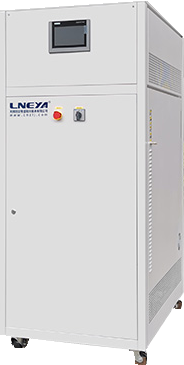Characteristics of industrial process temperature cooling system
The industrial process temperature cooling system is mainly used for the monitoring and control of temperature, pressure, flow, liquid level, humidity, pH value and other parameters. It has the characteristics of high control accuracy, stability and reliability. It is widely used in petroleum, chemical industry and medicine to complete sulfuration, nitrification, hydrogenation, alkylation, polymerization, condensation and other processes.
1. The industrial process temperature cooling system is a process in which the refrigerant transfers and circulates the heat from the low-temperature state to the high-temperature state, so that it can be cooled to the low-temperature environment, so as to maintain the low-temperature state and realize the refrigeration process.
2. The air from the industrial process temperature cooling system equipment is adiabatically compressed after entering the compressor, and the temperature rises above the ambient temperature; Then it enters the cooler to transfer heat to the cooling water under constant pressure, and the temperature is equal to the ambient temperature; Then it is introduced into an expander for adiabatic expansion, and the temperature is further reduced to below the temperature; After that, it enters the circulating heating cooler equipment, absorbs heat at constant pressure (the absorbed heat is called the cooling capacity), and completes the cycle.
3. After the refrigerant gasifies and absorbs heat from the equipment at constant pressure (at this time, the working medium is usually dry saturated steam or close to dry saturated steam), it enters the compressor for compression in the adiabatic state, the temperature exceeds the ambient temperature, and then enters the condenser for isobaric heat dissipation to the ambient medium.
4. In the condenser, the superheated refrigerant steam is first cooled to the saturation temperature corresponding to the current pressure at the same pressure, and then continues to condense into the saturated liquid state at the same pressure (also isothermal), and enters the throttle valve. At the throttle valve, it is adiabatic throttled for temperature reduction, reduced to the wet saturated steam state corresponding to the initial pressure of the cycle, and then enters the cycle for gasification and heat absorption to complete the cycle.
If you have any questions about temperature control solutions, please contact us mailto:lilia@lneya.com To obtain technical support, we lneya support program customization, focusing on solving the temperature control of customers’ process.
Other Star Products
Water Chillers
Temperature Control Range: -150°C to +50°C
Application: Various Reactors (Microchannels, Glass, Jacketed Reactors, etc.), Distillation or Extraction System etc..
IC Shock Test Chiller
Temperature Control Range: -120°C to +300°C
Application: Temperature shock of chips, modules, integrated circuit boards, electronic components etc..
Vehicle Test Chillers
Temperature Control Range: -40°C to +135°C
Application: Battery life test,Fuel injector, pump test bench,Airbag Test,Component testing of power modules etc..
 LNEYA CHILLERS
LNEYA CHILLERS







